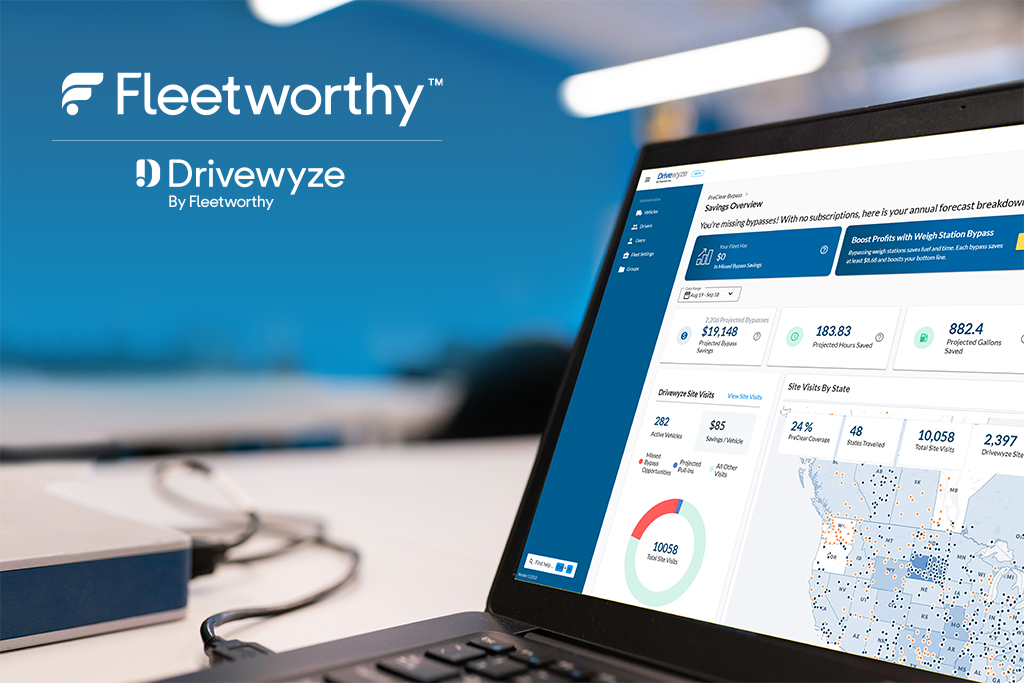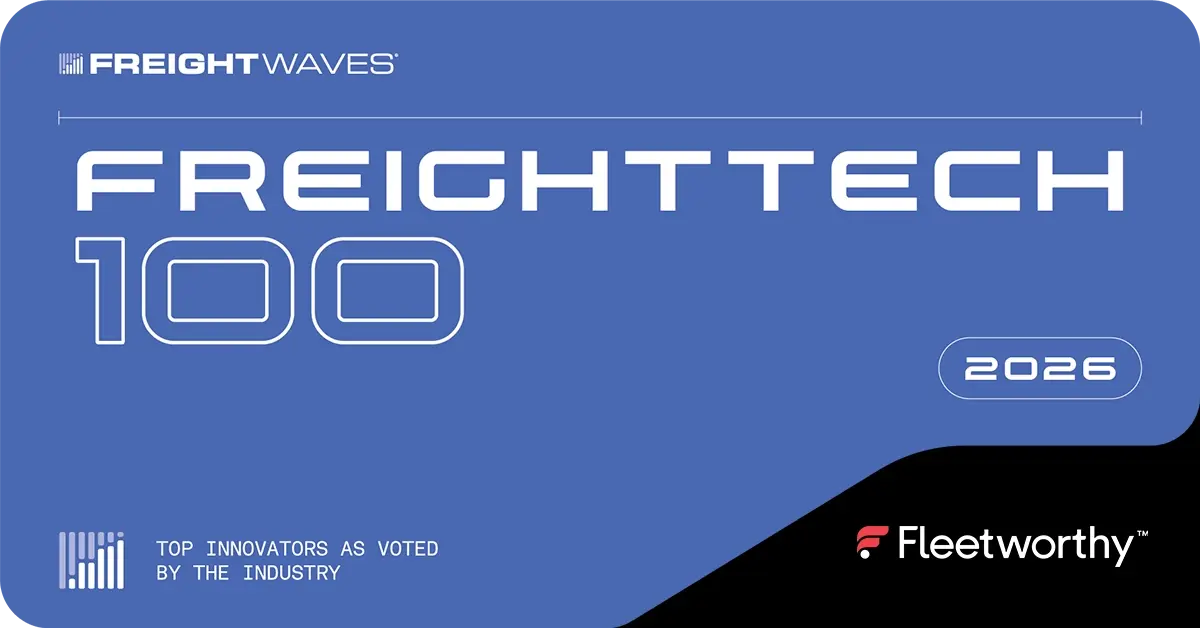Modern fleet management comes with many challenges. Among the most persistent, costly, and consequential hurdles is regulatory compliance.
A recent industry report, The Road Ahead: 2025 Trucking and Fleet Insights, found a staggering 96% of fleet operators have been forced to cut costs in other areas to manage the expenses associated with compliance.
Simply put, the cost of compliance is cutting into fleets’ profitability and limiting their ability to grow.
Let’s break down the issue and explore some of the resources available to help enterprise fleet managers cut costs, stay compliant, and improve operational efficiency.
Expanded Mandates and The Necessary Extra Mile
Keeping drivers and trucks on the road is fundamental to running an efficient and profitable fleet, but the associated costs can pile up in a hurry. Given the importance of regulatory compliance, cutting corners is not an option. Increasingly, fleet operators are going above the mandated minimum to ensure compliance.
On a recent webinar discussing the findings from our survey of 300 fleet managers and owner operators, Rob Abbott, VP of Customer Success at Drivewyze by Fleetworthy, spoke to the reasons many fleets are feeling the additional burden of keeping up with the evolving regulatory environment.
“Over the years we’ve added drug and alcohol testing, CDL, background checks, and we’re adding the clearinghouse,” Abbott said. “Because of the emphasis on compliance and the impact of verdicts and insurance costs, we’re doing things that aren’t mandated, but are necessary – pre-employment screening checks, road tests. Lots of things that aren’t mandated but add value.”
Keeping Good Drivers Compliant
According to The Road Ahead: Trucking and Fleet Insights Report, 55% of fleet operators say complex compliance documentation slows down their ability to onboard new drivers. These challenges result in lost productivity, regulatory risks, and increased operational costs.
Fleetworthy’s Chief Strategy Officer, Mike Precia, works with large fleets to ensure they are not only compliant from a driver safety standpoint, but beyond compliant in a way that gives them a competitive advantage in one of the most critical areas for carriers.
“The market is very competitive, and drivers are such an important part of a fleet’s business,” Precia said. “So, fleets need to know how to get through all the regulatory steps in an efficient way, so they don’t lose drivers they know meets their expectations.”
How Automation Helps Create Efficiency and Reduce Costs
The insights report revealed many fleet operators still have manual systems for managing compliance. These manual processes stall efficiency, and those inefficiencies limit profitability.
“Fleet operators have told us that doing things with pen and paper, spreadsheets, and emails is just not cutting it anymore,” Abbott said. “Those manual processes are inefficient and keep carriers from growing their business.”
Automating processes enhances efficiency and enables fleets to reduce costs in several ways:
- Streamlined Document Management: Automating document management ensures records are always organized, complete, and easily accessible during audits.
- Reduced Administrative Tasks: By automating repetitive tasks, such as record-keeping and compliance tracking, fleets can reallocate human resources to more strategic roles.
- Decreased Risk of Fines: Automation reduces the risk of human error, which can lead to costly fines for noncompliance.
Fleet management solutions that incorporate automation can drastically cut down the time spent on compliance tasks.
High Impact Areas for Compliance Automation
Among the most impactful compliance areas fleets see results from automation is DQ file management.
The report showed 35% of fleet operators say DQ file management is one of their most time-consuming compliance-related tasks. Automating DQ file management helps keep track of driver certifications and expiration dates, ensuring all drivers remain qualified.
Another area fleet operators have a stated desire for automated solutions is ELD Management, with 51% of respondents listing it as a challenge.
Managing ELD data manually can be overwhelming, often to the point of making the devices seem like a necessary evil. With the right solutions, however, those same devices that are already in vehicles can help ensure compliance and provide valuable insights for optimizing a fleet’s operational efficiency, like receiving real-time alerts when a vehicle or driver is at risk of noncompliance.
Compliance will always be a key factor in fleet management, but it doesn’t have to continue to come at a cost point that cuts into growth and profitability. The right technology investment and compliance partners can ensure a fleet remains compliant, reduce costs, and free up resources to grow the business.




